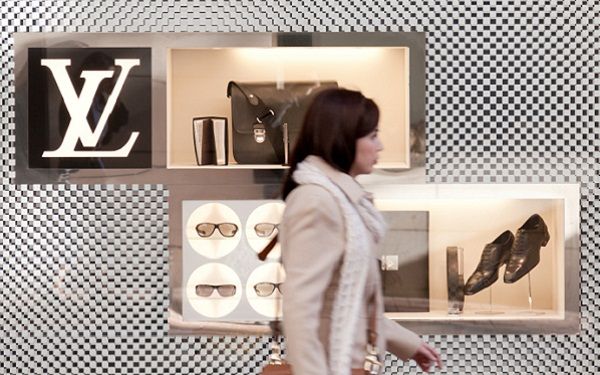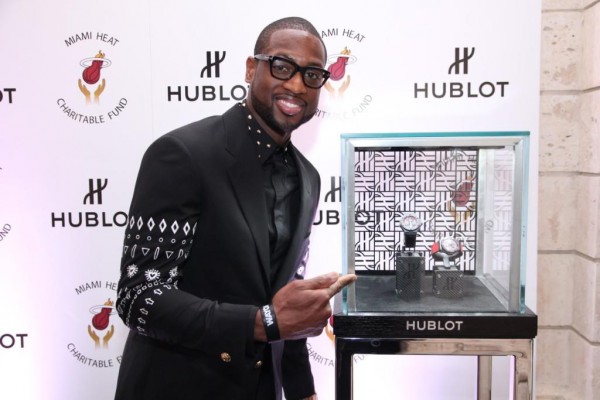Marketing experts are always studying the consumer behavior and devising marketing initiatives aimed at their target market. The luxury brands need to do it even more as the volumes are relatively low but the stakes are often higher. Any mistake can prove to be very costly for the brand. Luxury Institute has prepared a report on the luxury market after an extensive study of the consumer behavior of different segments belonging to different demographic. The report is very important for the luxury brands as the demand and consumption of luxury goods and services is witnessing a generational shift.
Generational Shift in Luxury Consumers
The brands have traditionally focused on the generation of Baby Boomers who had the largest number of millionaires and billionaires and not only had the purchasing power but displayed fairly high level of brand loyalty. Generation Y. or the Millennials, according to the report, have emerged as the largest consumer demographic and the fastest-growing luxury consumer segment. The older generation of Baby Boomers registered a 28% growth in spending, and purchased the bulk of their luxury goods on discounted flash-sale sites. Whereas the consumer segment in the age group of 18 to 29 years which is popularly known as the millennial generation asserted their presence in the market by registering a significant 31% growth in spending on luxury purchases when compared the year before and more importantly they made most of their purchase at full price.
Millennials Oriented Marketing Campaigns
This is a very significant development and the luxury brands have to take it into account while planning their marketing effort. The luxury loving Millennials have arrived and will become the dominating segment of the market. The luxury brands need to adapt their strategies to appeal to the new generation of consumers who are more demanding than their parents ever were. The Baby Boomers had a very simplistic approach to luxury. They believed that a product is expensive because it is luxurious and vice versa. They stayed loyal to the luxury brand of their choice simply because that was the brand they always bought. But the Millennials are a different generation with a completely changed mindset. They scrutinize the brands and their products more closely and accept only those products whose premium price points are justified in their opinion. They even want to know about the origin of the luxury product, where was it made, how, and by whom? It is not just the price but quality, craftsmanship, and design that determine if a product can be classified as luxury. Any marketing pitch will have to highlight these attributes to attract the attention of the rich today who are the main buyers of luxury goods and services.

The Changing Mindset of Rich Luxury Consumer
For the previous generation luxury was like a privilege that they had got as a material reward for the hard work they put in through their career. They believed that they had earned the lifestyle and hence flaunted it. To promote this belief the marketing campaigns also position products as trophies, as icons of achievement and wealth. The rich amongst the younger generation perceive luxury differently. They haven’t yet achieved everything they set out to achieve but believe they can achieve it. For them luxury is not a symbol of achievement, but rather a promise. Their idea of exclusivity is also rather different from the previous generation. They are in fact happy if more and more people opt for the product of their choice. It could be called inclusive exclusivity and brands like Burberry have already pioneered social campaigns like Art of the Trench which appeals to both the aspirational and real consumers. It has had a positive impact on their sales and revenue jumped more than 20% as a result.




